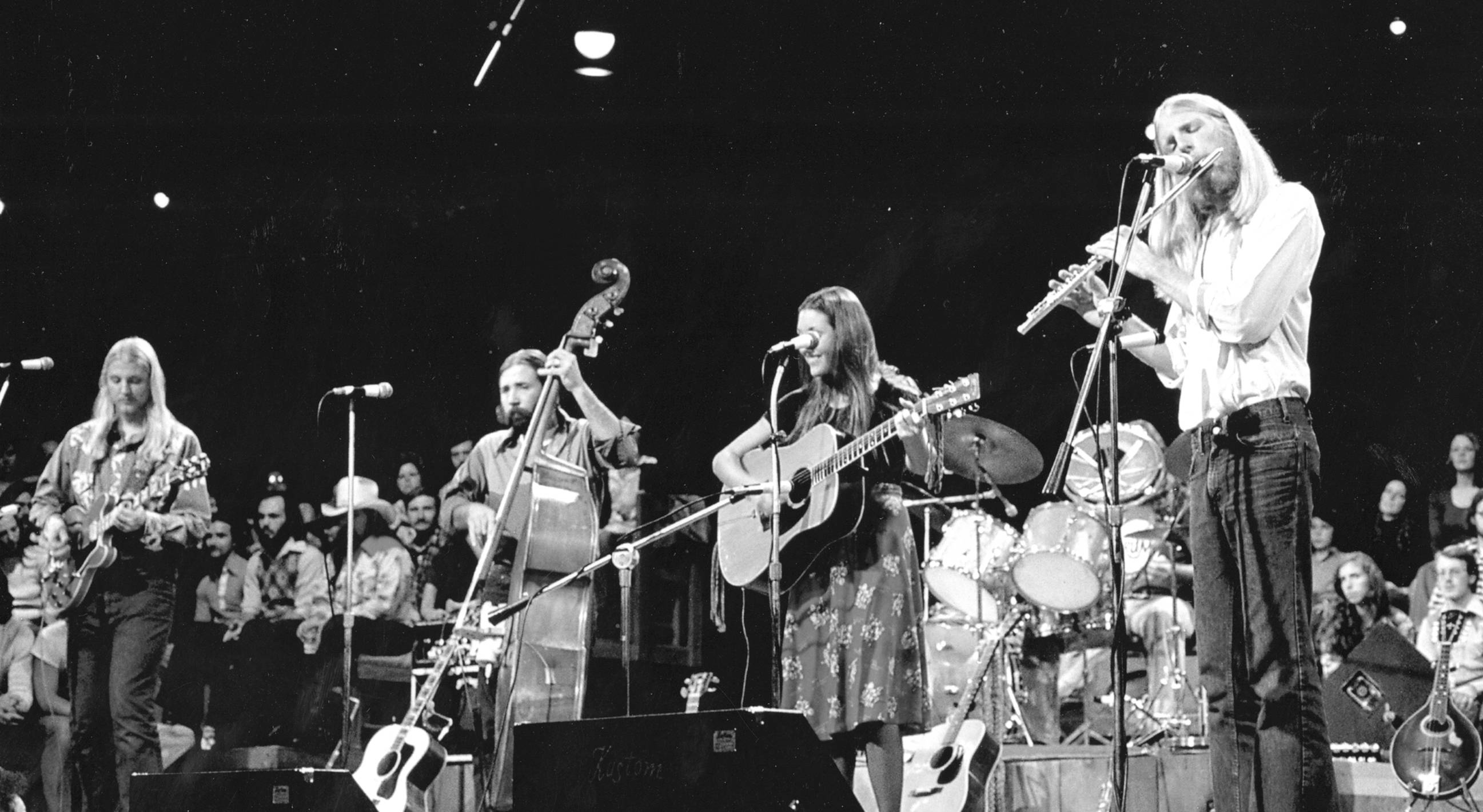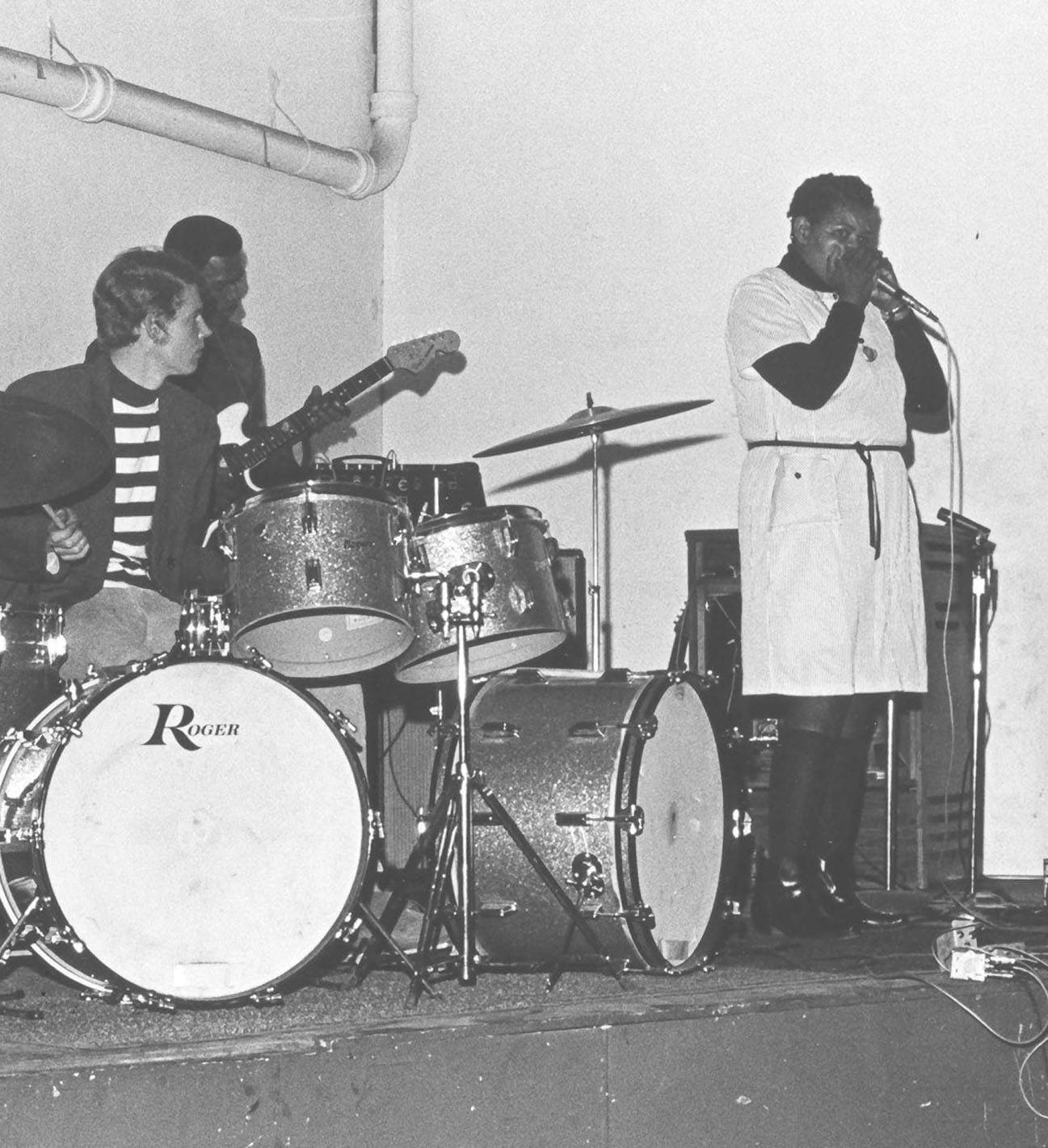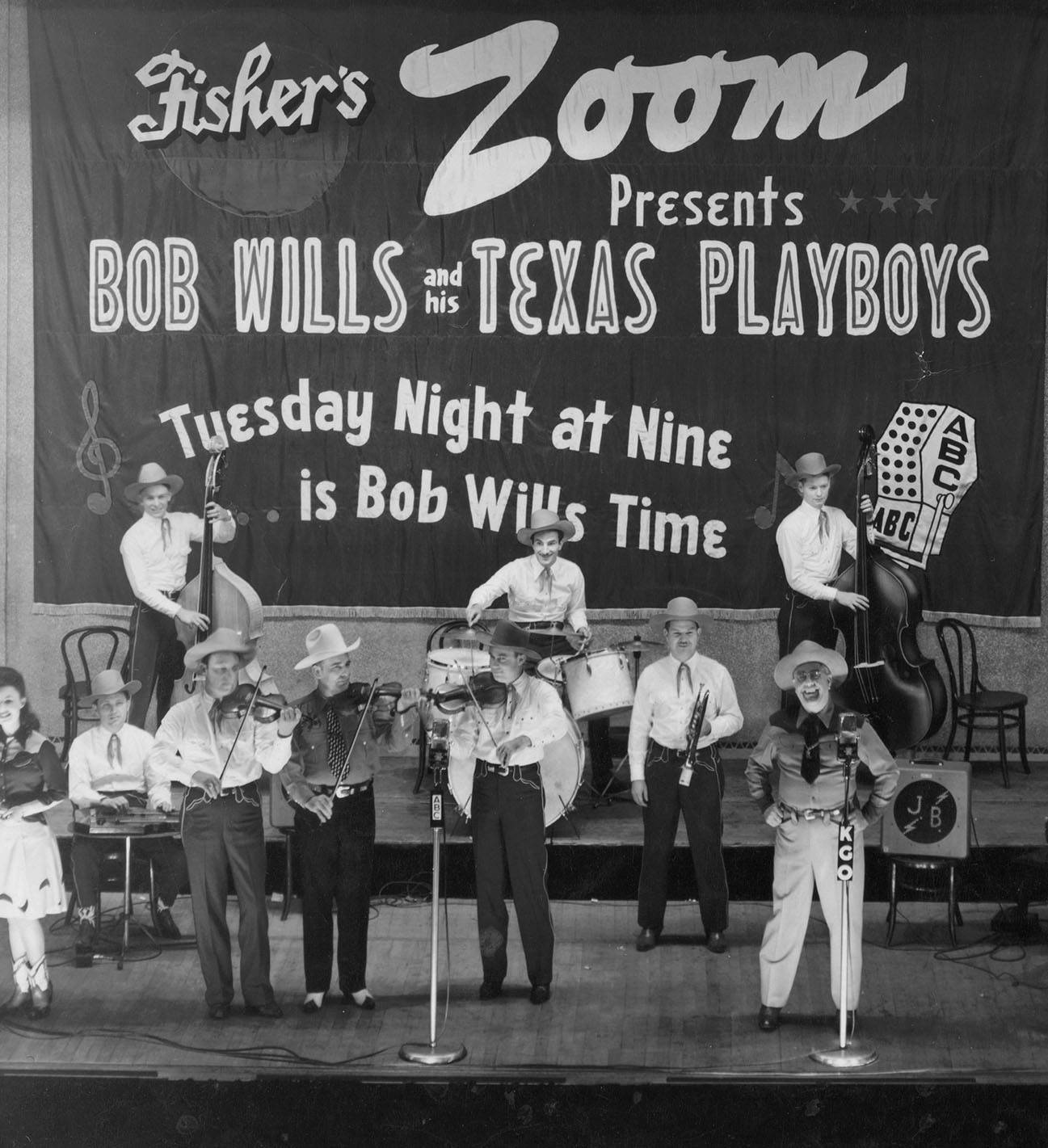
A Musical Legacy of Epic Proportions
By Diana Finlay Hendricks
The Center for Texas Music History celebrates 20 years
If the the essence of Texas music is storytelling, then the story of Texas music itself would make for a song of truly epic proportions — and one incorporating the distinctive sounds and colors of just about every genre imaginable. To sing and tell it all around a campfire, you’d need a forest full of firewood just to make it to the second verse.
The Center for Texas Music History at Texas State University is celebrating its 20th anniversary this fall. Dr. Jason Mellard, who was named director of the center in 2018, is looking forward to the next 20 years. A historian by profession, Mellard has deep roots in South Texas, along with a doctorate in American studies from The University of Texas at Austin and a master’s degree in history from Texas A&M University. He has been teaching at Texas State since 2012 and turned his dissertation into an award-winning book, Progressive Country: How the 1970s Transformed the Texan in Popular Culture (University of Texas Press, 2013).

Texas State professors Dr. Gary Hartman and Dr. Gregg Andrews established the center in 1999 within the Department of History. It remains the only comprehensive, university-based center of its kind, providing a full range of programs devoted to the preservation and study of Texas music, from its roots to its present and future.
“Texas really is a special place, historically, culturally, and musically,” says Hartman. “There are plenty of states that have rich musical histories and even diverse musical histories, but I don’t think there is any place quite like Texas. Texas is so big. It encompasses such a large area and such a diverse population, but it’s also literally at the crossroads of Latin America, the Deep South, the American West, and Upper Midwest. Texas is ideally located right in the middle of it all.”
Consequently, Texas music is not so much a separate genre as it is an important part of every musical genre, with roots going into virtually every society around the world.
“The center works to document, preserve, and celebrate the diverse musical heritage of the Lone Star State. From the country jazz of Bob Wills’ western swing to the pioneering electric guitar of T-Bone Walker, from Narciso Martinez’s conjunto accordion to Lydia Mendoza’s heartbreak songs, from Janis Joplin’s wail to DJ Screw’s mixtapes, few states — perhaps no other state — have had the impact that Texas has had in American music,” says Mellard.

Over the past 20 years, the center has collaborated on a variety of projects with organizations such as the Smithsonian Institution, the National Endowment for the Humanities, PBS, National Public Radio, Humanities Texas, the Texas Music Office in the Office of the Governor, the Bob Bullock Texas State History Museum, and the Texas State Historical Association.
“The most important work we are engaged in today is creating original research, making Texas State the academic presence for this subject matter. We are developing the next generations of scholars, a network of historians and writers, who will consider Texas State their scholarly home,” Mellard says.
He adds that the center is intersecting with Texas State’s public history program, working in music heritage tourism, which is a growth field in Texas, The Wittliff Collection’s new Texas Music Collection, and the Texas Music Office. Beyond the research and study of Texas music, the center is growing academically on the San Marcos Campus, with a broad range of upper-division, writingintensive, genre-based history courses, taught by acclaimed musicologists and historians.
Building on the foundation that Hartman and others created, Mellard is reinvigorating the programming. Rather than one large event per year, they are hosting several more intimate events, diversifying and offering more opportunities for students and alums, as well as the Central Texas community to attend.
The Center for Texas Music History has a bright future in its study of the past. As writer Joe Nick Patoski says, “It’s telling the story.” ✪
MORE INFORMATION
The Center for Texas Music History produces The Journal of Texas Music History, an annual scholarly magazine that is free to anyone requesting a subscription via the center’s mailing list.
• To request, send an email to jasonmellard@txstate.edu or krb121@txstate.edu.
• Online issues can also be found here: txstate.edu/ctmh/publications/journal.html
In addition to the journal, the center’s other publishing projects include the John and Robin Dickson Series in Texas Music, an award-winning book series in partnership with Texas A&M University Press, and The Handbook of Texas Music, produced in collaboration with the Texas State Historical Association. For more information about the Dickson book series, visit txstate.edu/ctmh/publications/dickson-series.html.